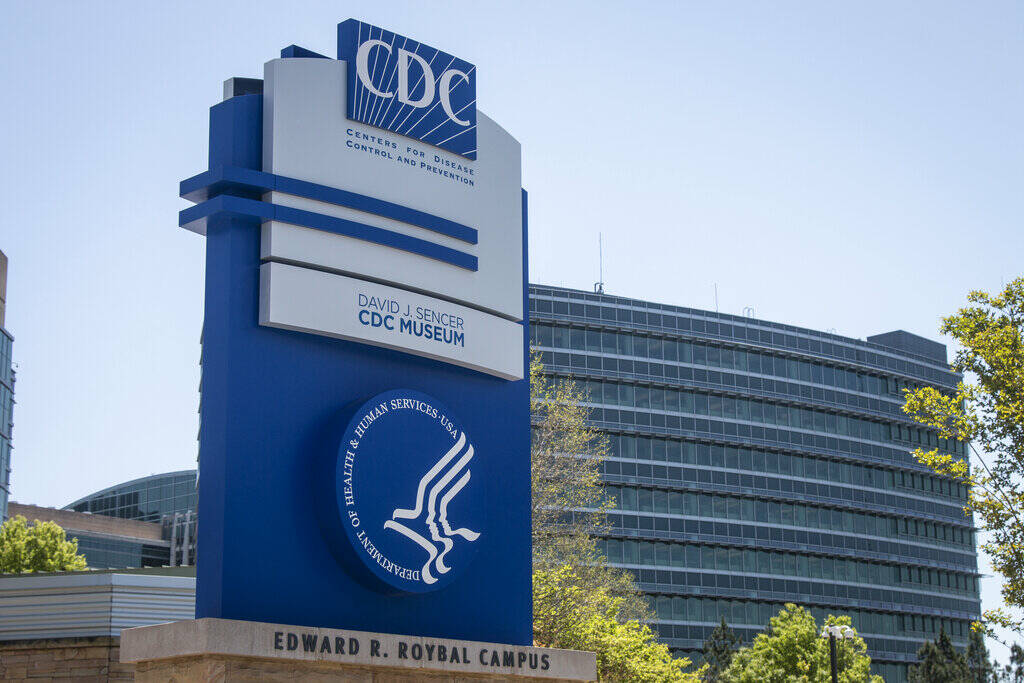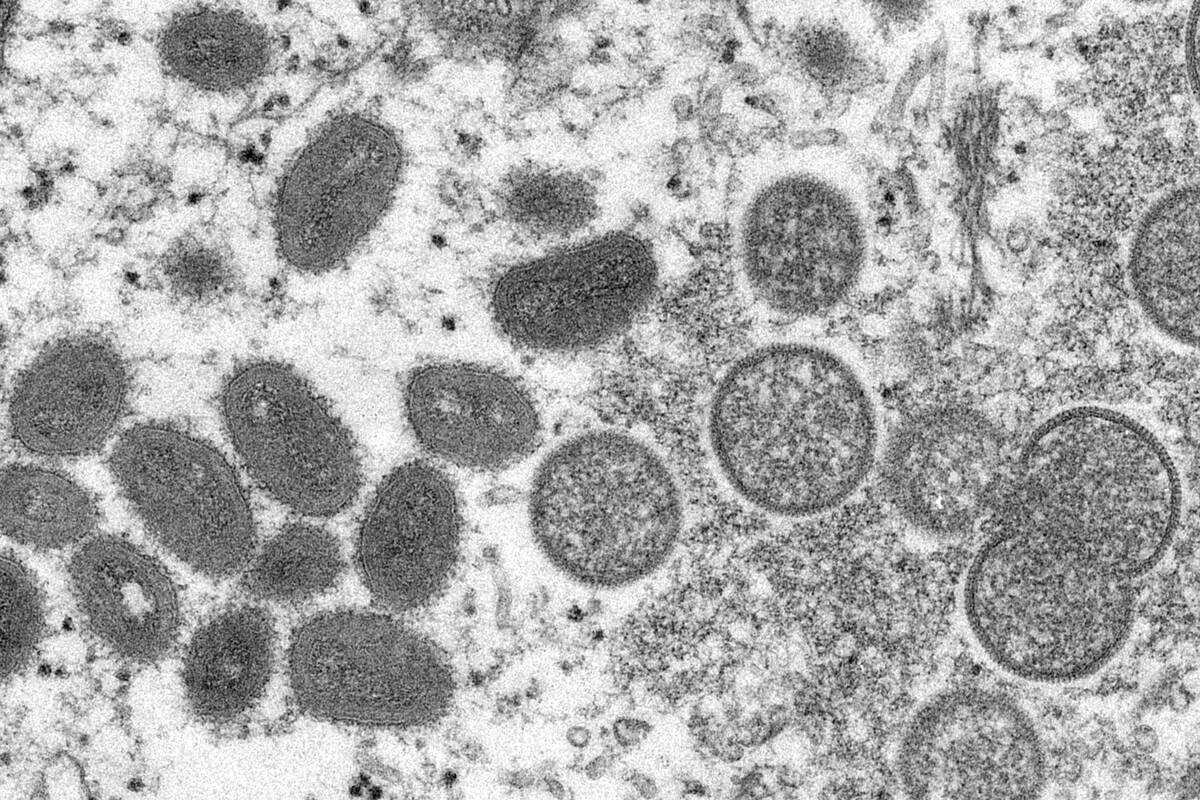Monkeypox cases are rising, but ‘public health risk level is low’
An outbreak of rare monkeypox in the U.S. has grown to 20 cases across 11 states, according to the Centers for Disease Control and Prevention, which is employing a strategy of testing, contact tracing and treatment to limit its spread.
The outbreak of the virus, which causes a skin rash that turns into pus-filled lesions, involves a milder strain and has not resulted in any deaths, with patients either recovering or already recovered, CDC officials said during a Friday telebriefing.
“That being said, we don’t want to minimize this condition,” said Capt. Jennifer McQuiston, deputy director of the division of high consequence pathogens and pathology.
“The rash caused by monkeypox can spread widely across the body, or present in sensitive areas like the genitalia,” said McQuiston, a veterinarian and an officer in the U.S. Public Health Service. “It can be really painful, and so patients have reported needing prescription pain medicines to manage that pain. Sores can also cause long-term scarring on the skin.”
Most of the U.S. cases are in people who have recently traveled internationally and in men who identify as having sex with men. In many of these cases, rashes began in the genital area.
“The main risk factor for getting monkeypox is close contact with someone who already has monkeypox and has monkeypox sores,” McQuiston said. “Anyone can get monkeypox, and we are carefully monitoring for monkeypox that may be spreading in any population.”
“Currently, the cases reported in the United States, though, are mostly among gay, bisexual or other men who have sex with men,” she said. “So in addition to the broad outreach efforts, we’re also focusing efforts to raise awareness within the LGBTQ-plus community.”
No cases have yet been identified in Nevada, though there have been cases in neighboring states.
There have been four cases in California; two in Colorado; three in Florida, including an individual who tested positive in the U.K. whose case isn’t included in the U.S. tally of 20; one in Georgia; one in Illinois; one in Massachusetts; four in New York; one in Pennsylvania; two in Utah; one in Virginia; and one in Washington.
“We still believe the public health risk level is low,” McQuiston said.
Recent cases also have been reported in at least 28 countries and territories where monkeypox is not regularly seen, according to a CDC report issued Friday.
More cases expected
The CDC is working with state and local health departments to contact people who may have been in contact with the U.S. patients while they had symptoms but before they had isolated. Twenty contacts have been identified as at high risk, more than 100 at intermediate risk and 20 at lower risk.
“We should expect to be seeing more tests and more cases in the coming days,” said Dr. Raj Panjabi, who leads the White House pandemic preparedness office.
Antiviral drugs developed to treat smallpox, a more serious disease in the same family of viruses, and drugs for treating AIDS are being used to treat monkeypox patients, according to the CDC.
Vaccines developed to protect against smallpox, which was eradicated worldwide by 1980, are being given to contacts of monkeypox patients. Vaccination protects not only prior to exposure but also, authorities believe, may help to prevent monkeypox or make it less severe after exposure.
Officials would not say how many doses of vaccine remain in a national stockpile, citing security concerns.
“I do want to say that we have enough vaccine on hand to manage the current outbreak,” said Dawn O’Connell, assistant secretary for preparedness and response.
A CDC vaccination advisory committee has also recommended vaccination for people at higher-risk for monkeypox, including research laboratory personnel and workers performing diagnostic testing.
On Friday, the Southern Nevada Health District sent a survey to health care providers to determine how many people in the community are at occupational risk for monkeypox and gauge their interest in vaccination.
Outbreak in 2003
The symptoms of monkeypox begin with fever, headache, muscle aches and exhaustion. The disease is also characterized by the swelling of lymph nodes, as well as a rash that leads to lesions. It typically lasts two to four weeks.
The fatality rate is reported to be 1 percent for the West African strain found in the outbreak, according to the CDC’s report.
Monkeypox spreads between people primarily through direct contact with infectious sores and scabs, and can also be spread by respiratory secretions during prolonged contact.
Monkeypox was first discovered in 1958 when two outbreaks of a pox-like disease occurred in colonies of monkeys kept for research, hence the name. The first human case of monkeypox was recorded in 1970 in the Democratic Republic of Congo.
Monkeypox is regularly found in several Central and West African countries. Cases in people outside Africa are often linked to international travel or imported animals. African rodents and non-human primates such as monkeys may harbor the virus and infect people, according to the CDC.
The last monkeypox outbreak in the U.S. was in 2003, when 47 confirmed and probable cases were reported, all from contact with pet prairie dogs. The pets were infected after being housed near imported small mammals from Ghana, according to the CDC. This was the first time that human monkeypox was reported outside of Africa.
Contact Mary Hynes at mhynes@reviewjournal.com or 702-383-0336. Follow @MaryHynes1 on Twitter.


















